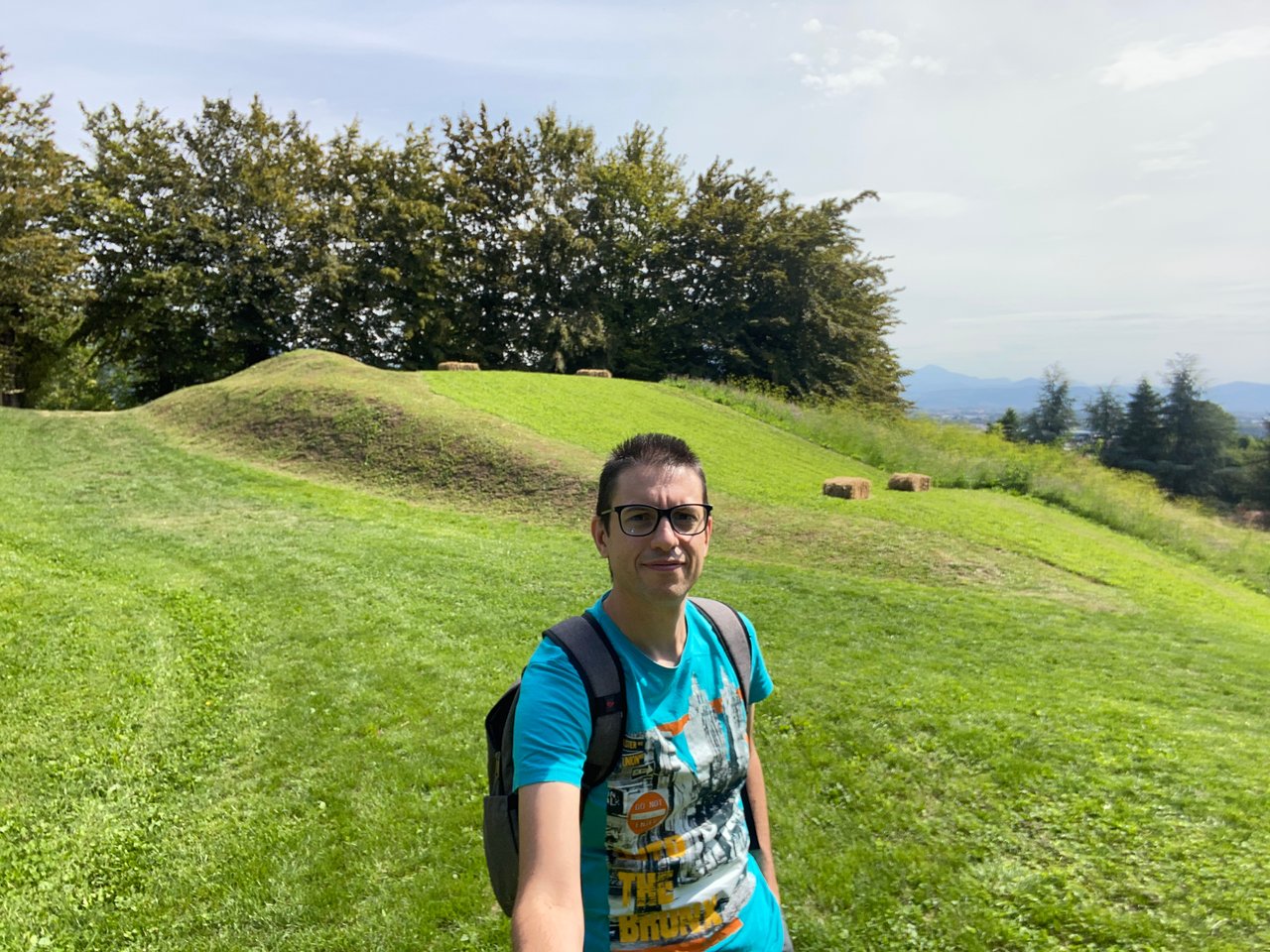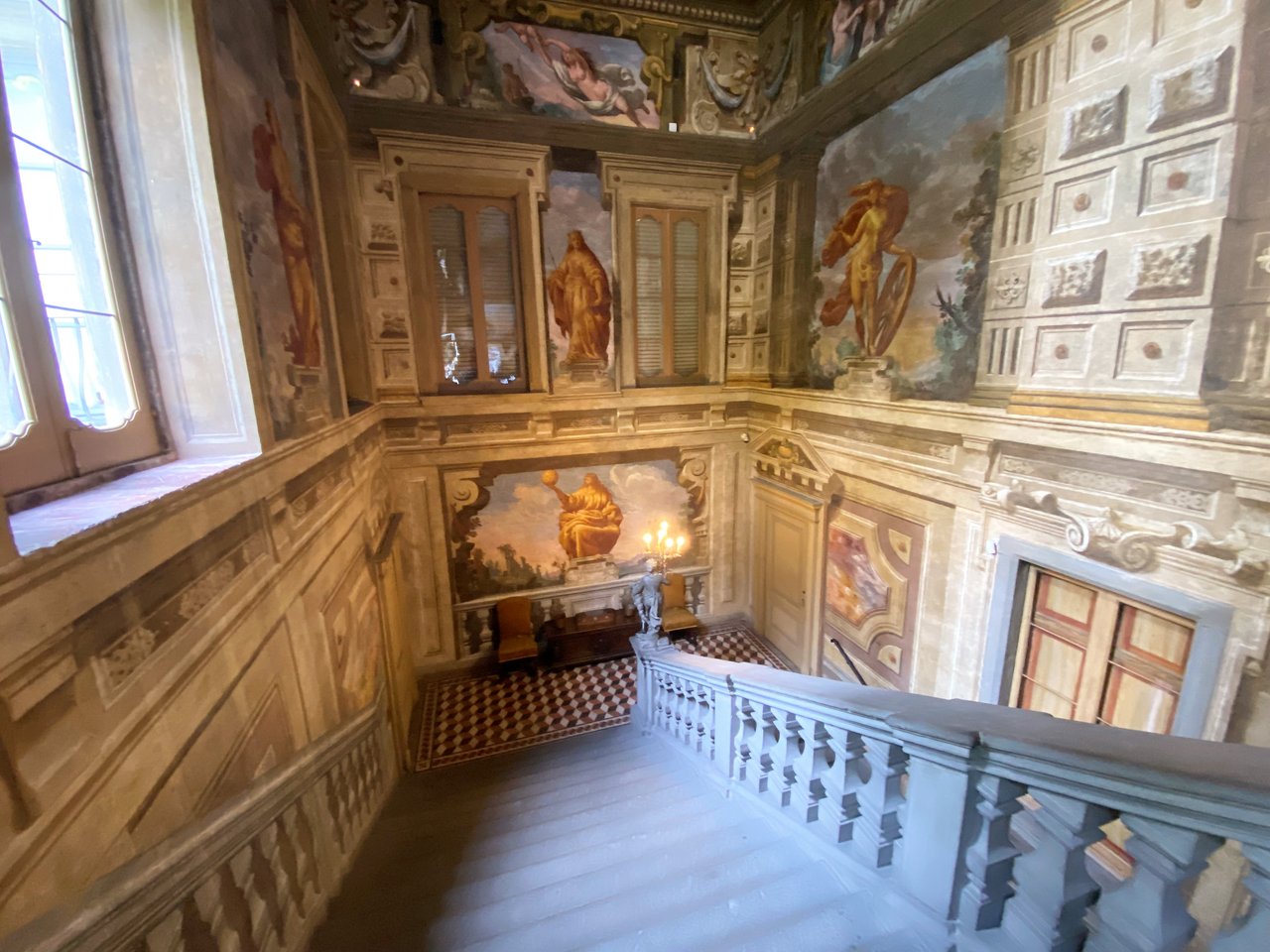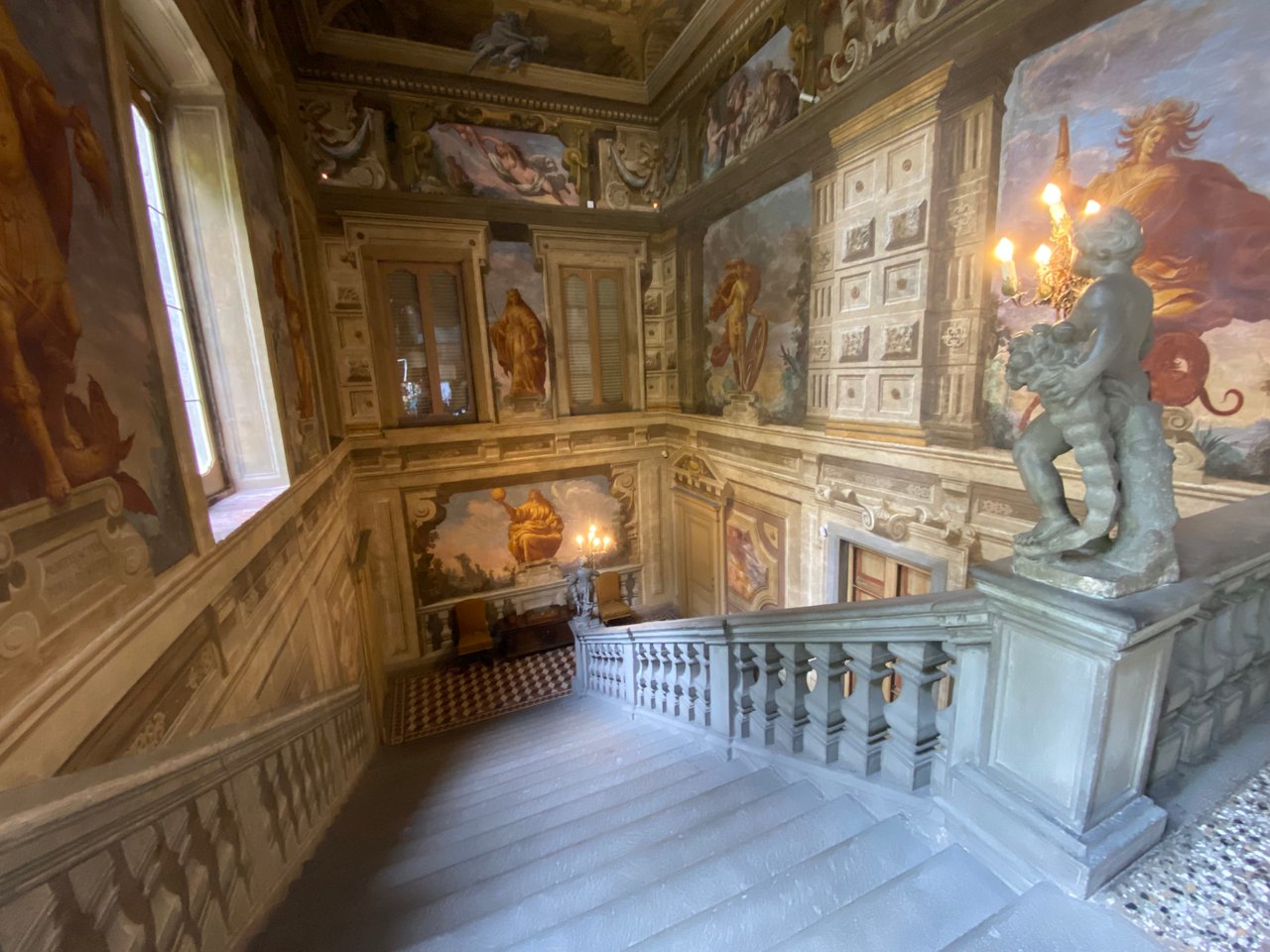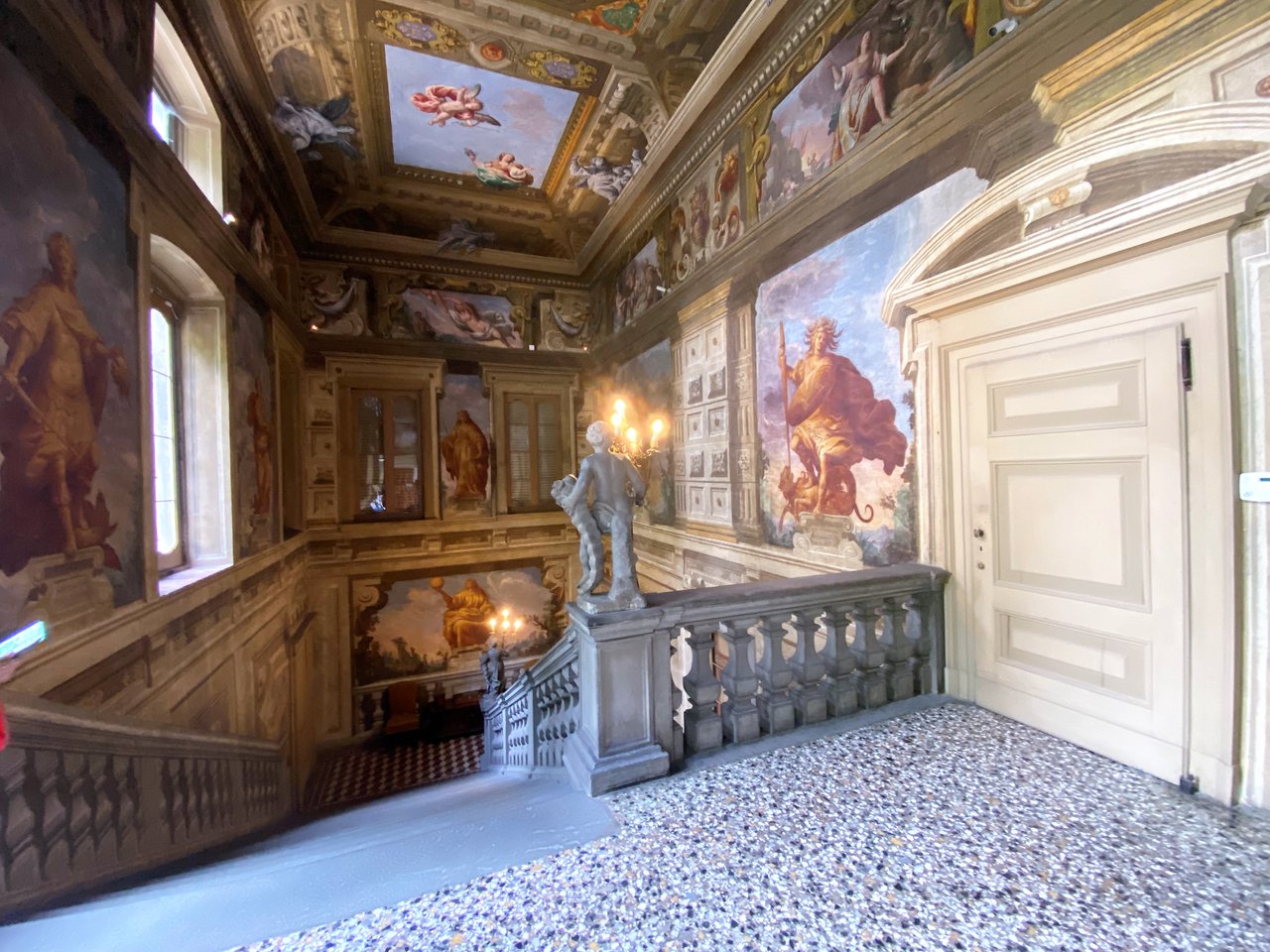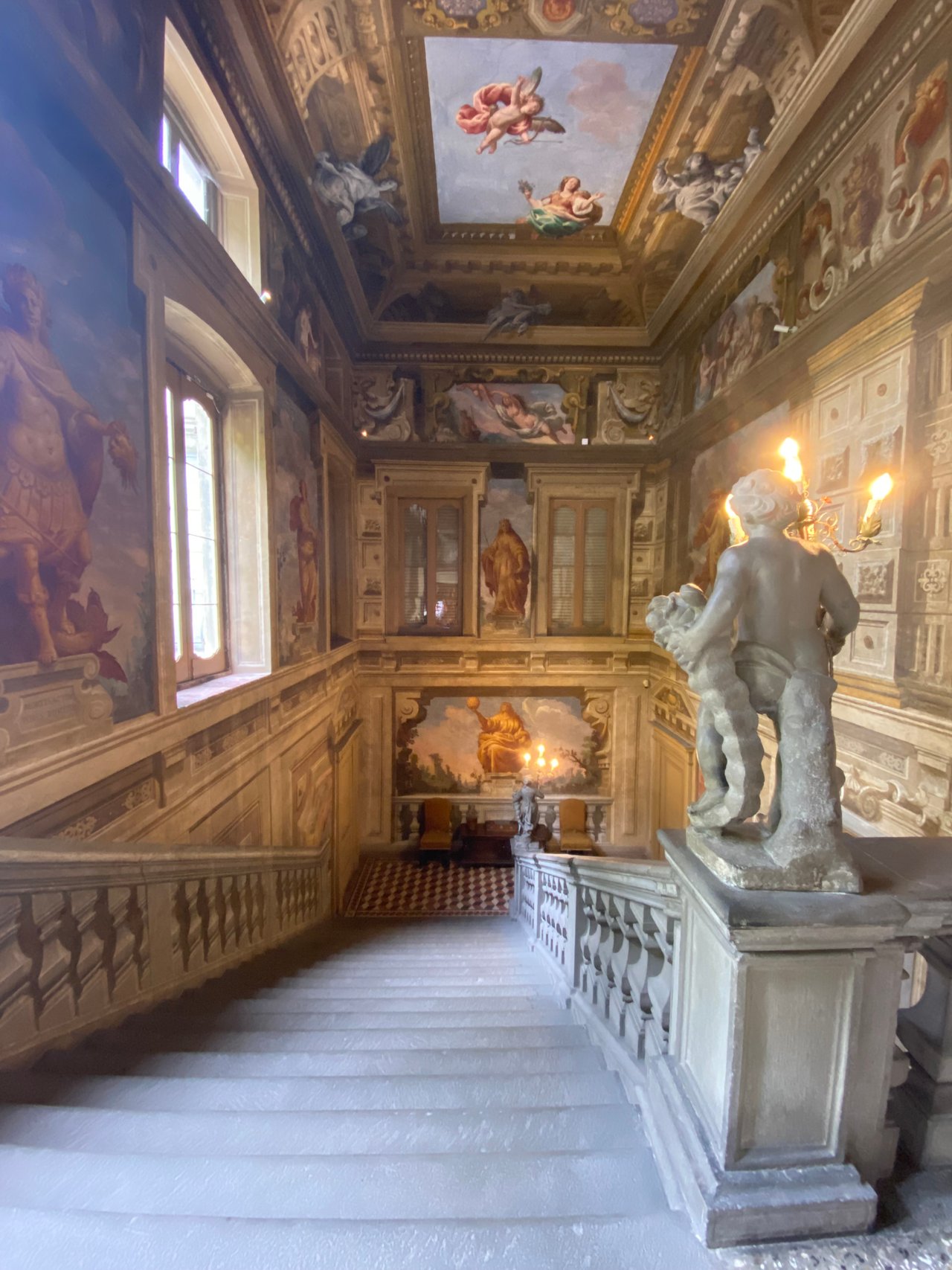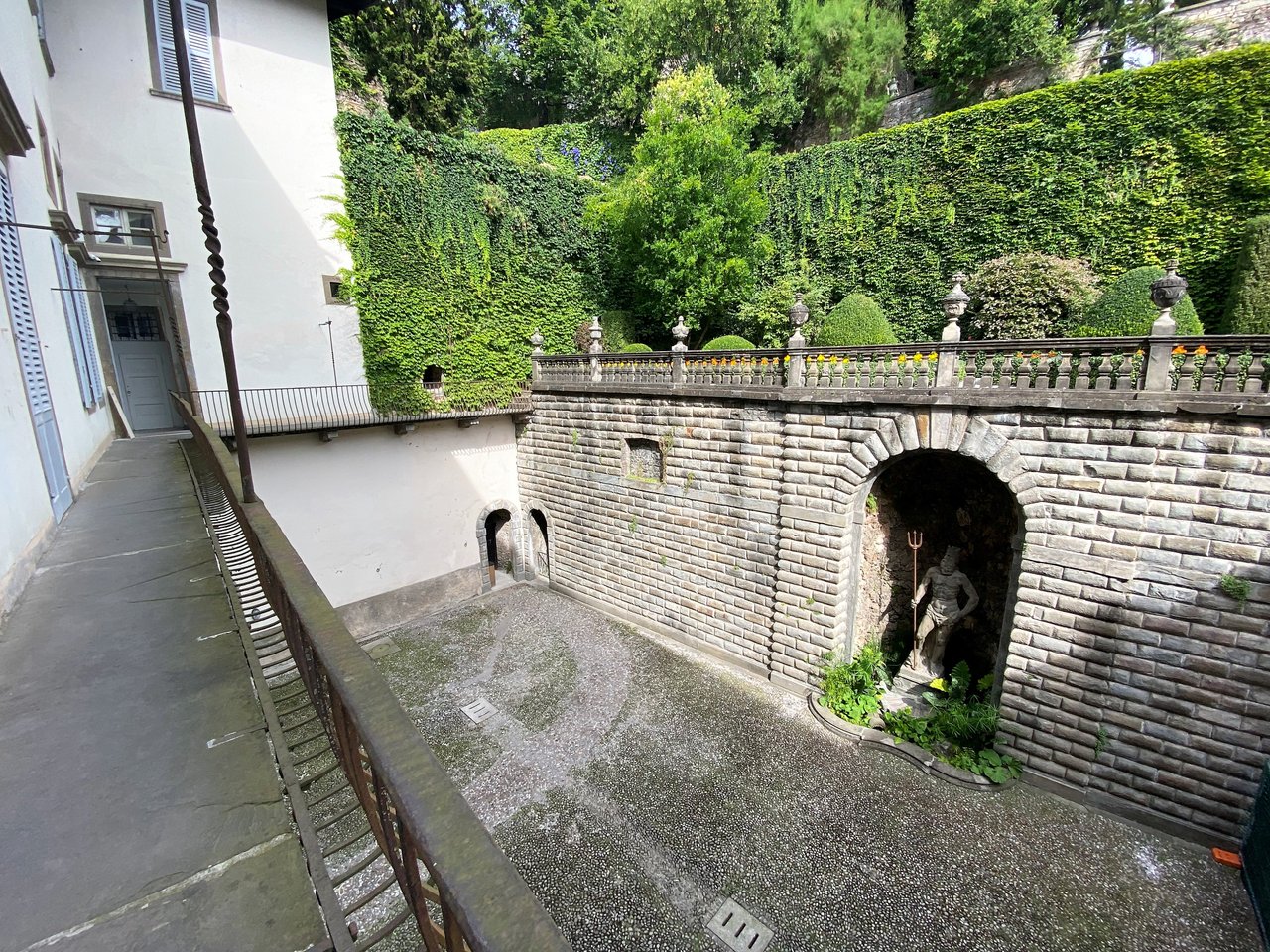Dove si trova: https://w3w.co/romanzo.archi.ghiri
Ciao amici di questa comunità,
In questo post desidero proseguire a raccontarvi la mia visita nella città di Bergamo, capitale della cultura 2023 in Italia insieme a Brescia. Dopo avervi parlato dei primi due giorni, in cui ho visitato tre interessanti chiese contenenti vari capolavori del famoso pittore Lorenzo Lotto, e dopo avervi narrato della Bergamo alta, che secondo me rappresenta la parte più bella e affascinante dell'intera città, oggi vorrei condividere con voi l'esperienza di una visita a un palazzo di proprietà del Fai (Fondo Ambiente Italiano), di cui possiedo la tessera e sostengo tramite i guadagni ottenuti dalle piattaforme online.
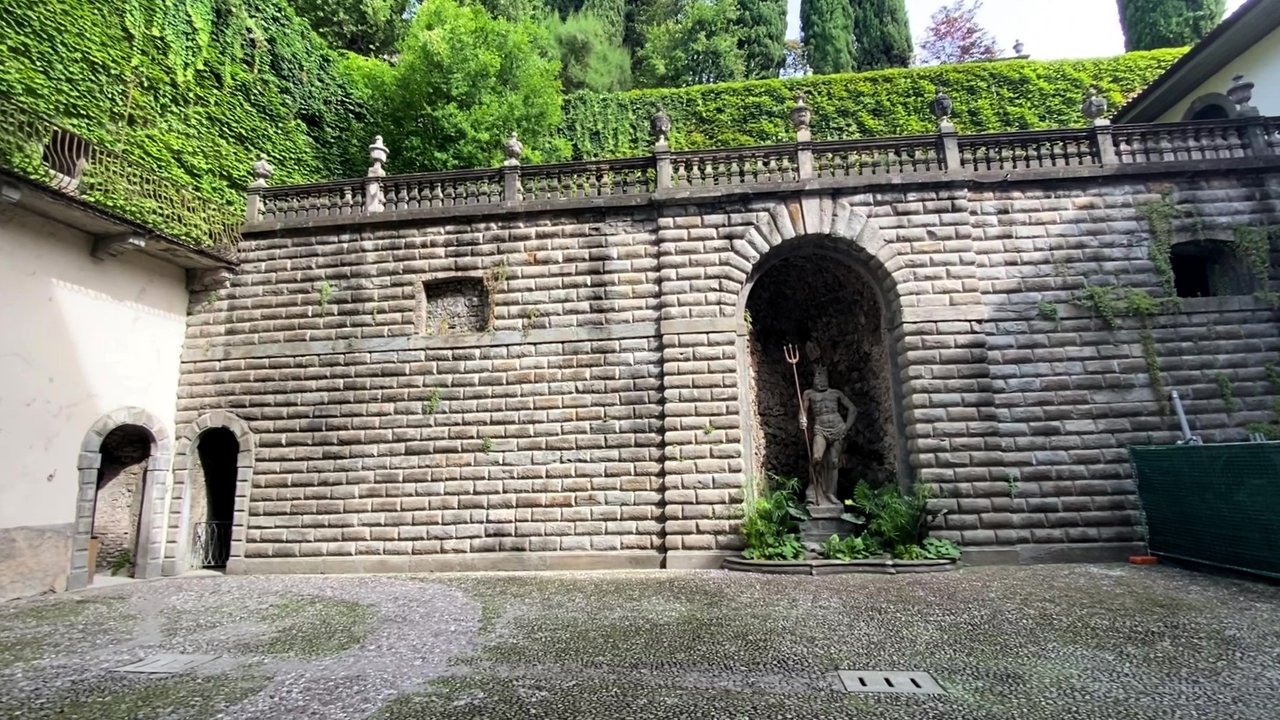
Oggi voglio mostrarvi le foto che ho scattato all'interno di Palazzo Moroni e dei suoi giardini. A mio parere, questo luogo è senz'altro degno di interesse durante una visita a Bergamo. Questo palazzo è situato in via Porta 12, una delle strade più significative nella parte alta di Bergamo. Costruito nella seconda metà del XVI secolo, Palazzo Moroni appartenne alla famiglia Moroni, una delle più importanti e influenti dell'epoca. In seguito è stato ceduto al Fai per la sua valorizzazione. Al momento sono in corso lavori di restauro nel piano nobile, quindi purtroppo non è accessibile. Tuttavia, a partire dalla fine di ottobre, sarà nuovamente visitabile. Nonostante ciò, ho avuto la possibilità di ammirare alcune parti interessanti del palazzo e dei suoi giardini, tra cui un "pensatoio" utilizzato dal Conte, parte di un piano di recupero attivato dopo il restauro del piano nobile.
Appena si entra nel palazzo, si possono ammirare gli affreschi dello Scalone d'onore che conducono al piano nobile. All'interno dell'unica stanza visitabile del piano nobile è stata inaugurata una mostra di artisti bergamaschi. Purtroppo, non ho potuto condividere foto di questa mostra, poiché si tratta di collezioni private e i proprietari non hanno dato il consenso per le fotografie.
Dopo aver visitato questa piccola mostra e ammirato l'incantevole scalone, che a mio parere rappresenta la parte più affascinante del palazzo per la sua scenografia, mi sono diretto verso i giardini all'italiana. Questo giardino è particolare in quanto è pensile, simile a quelli che avevo visto, ad esempio, al Palazzo Ducale di Mantova. Trovo sempre molto interessanti questi giardini per la varietà di specie di fiori e piante che ospitano.
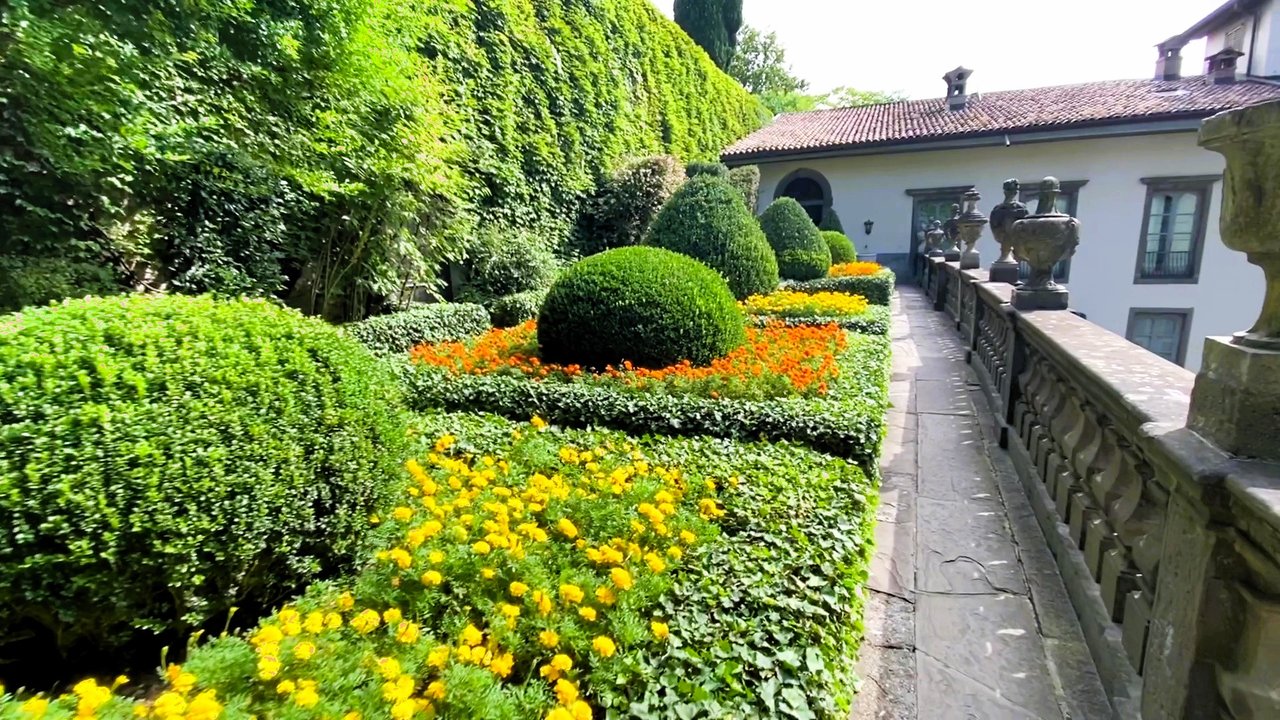
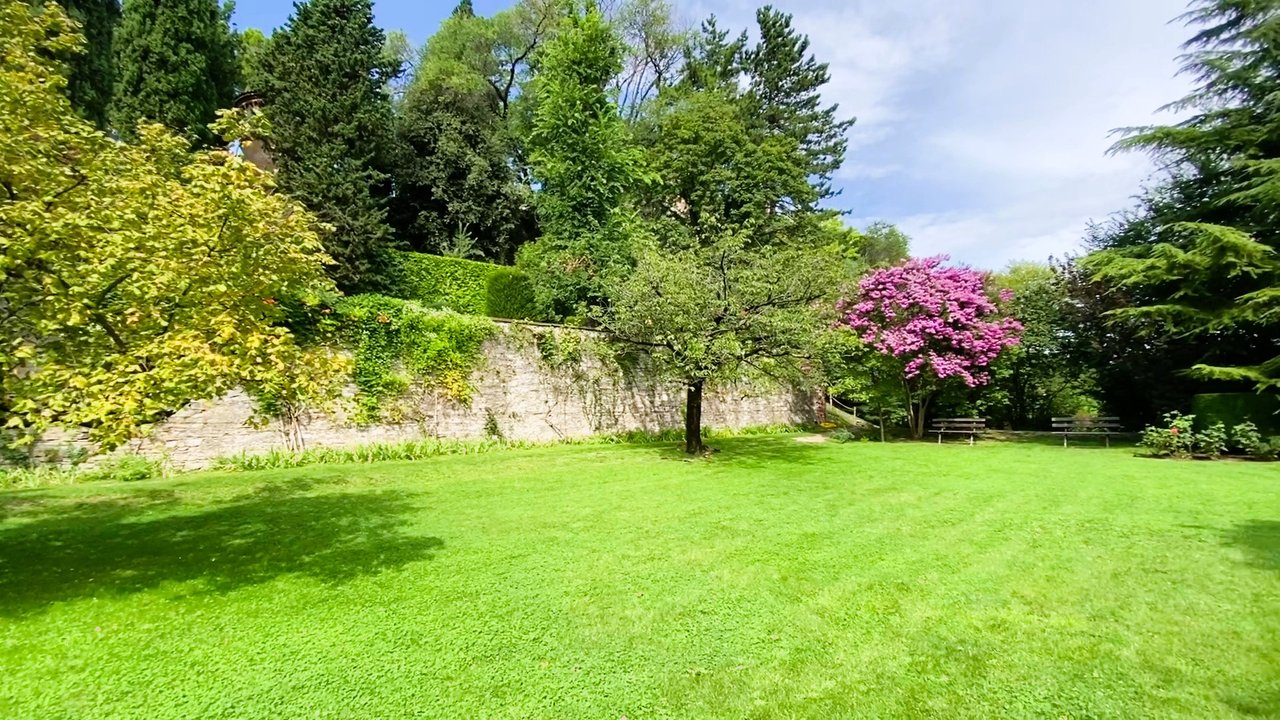
Ho quindi proseguito la visita dirigendomi verso la zona agricola dell' Ortaglia. Il palazzo aveva dei meravigliosi giardini sul retro, che fungevano anche da orto e zona agricola per supportare la vita del palazzo e arrivavano fino alla rocca di Bergamo. Attualmente questa zona è in fase di recupero. È importante capire che il FAI è diventato proprietario di questo patrimonio nel 2019 e, purtroppo, la pandemia ha rallentato i lavori di recupero. Tuttavia, si sta cercando di ripristinare questa zona agricola e il giardino come apparivano nel 1600. Si sta cercando di creare una specie di vigneto e orto, con l'obiettivo di recuperare la parte alta del giardino, dove si trova una torretta utilizzata dal signor Moroni come luogo di riflessione.
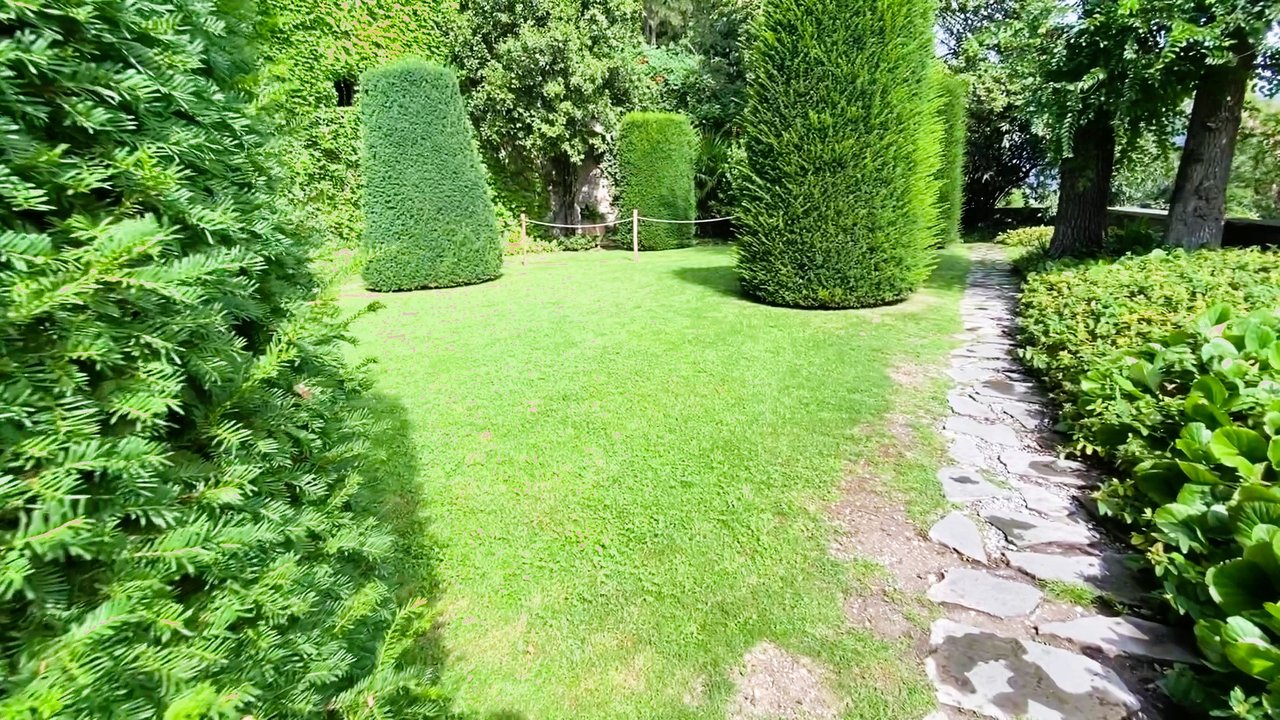
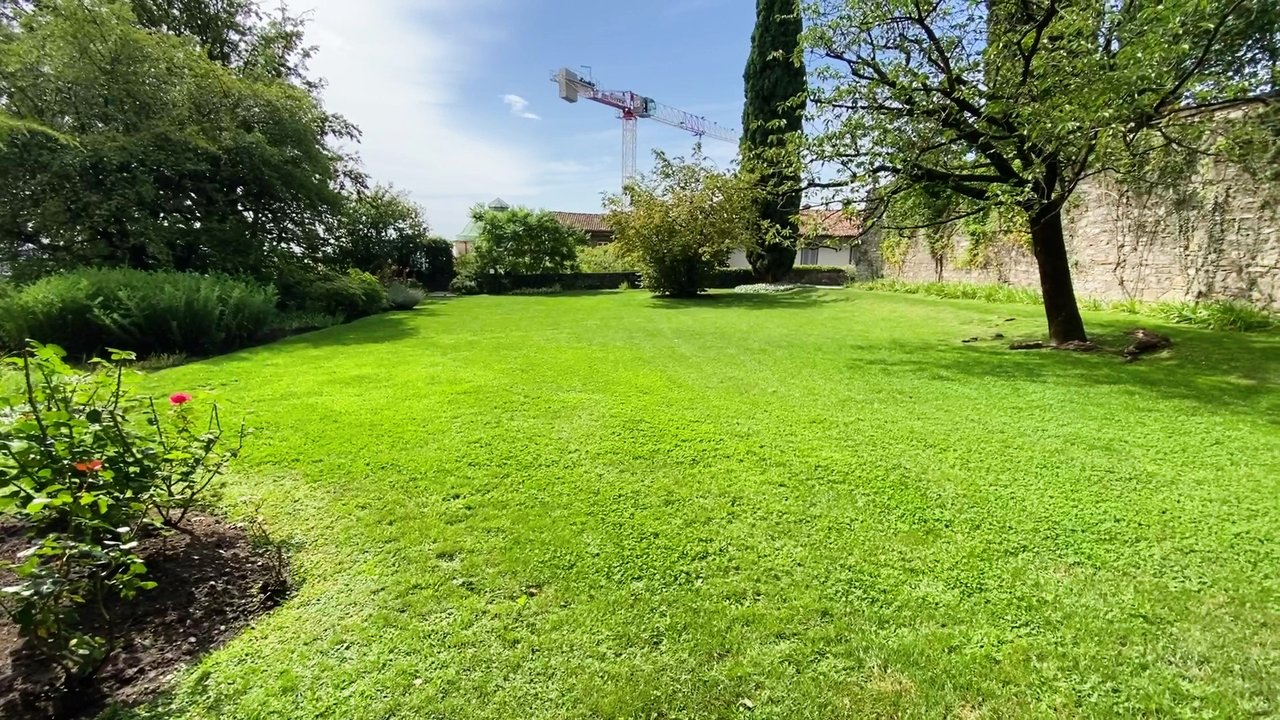
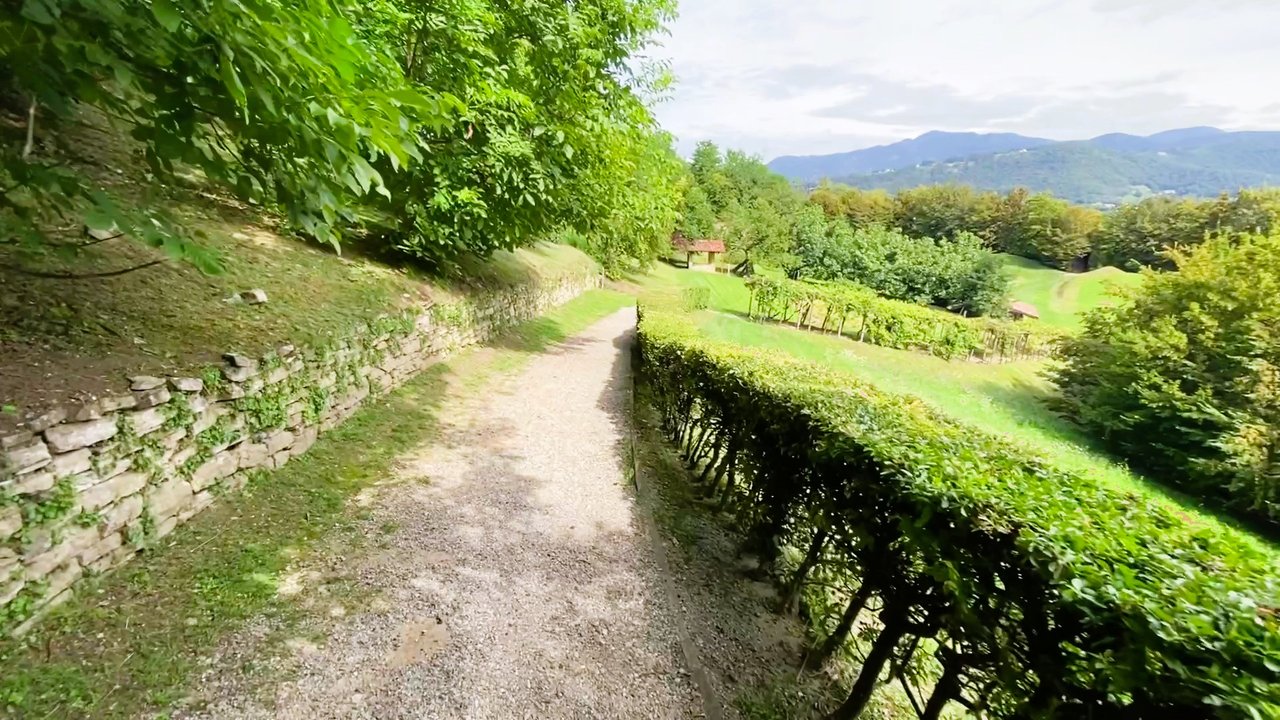
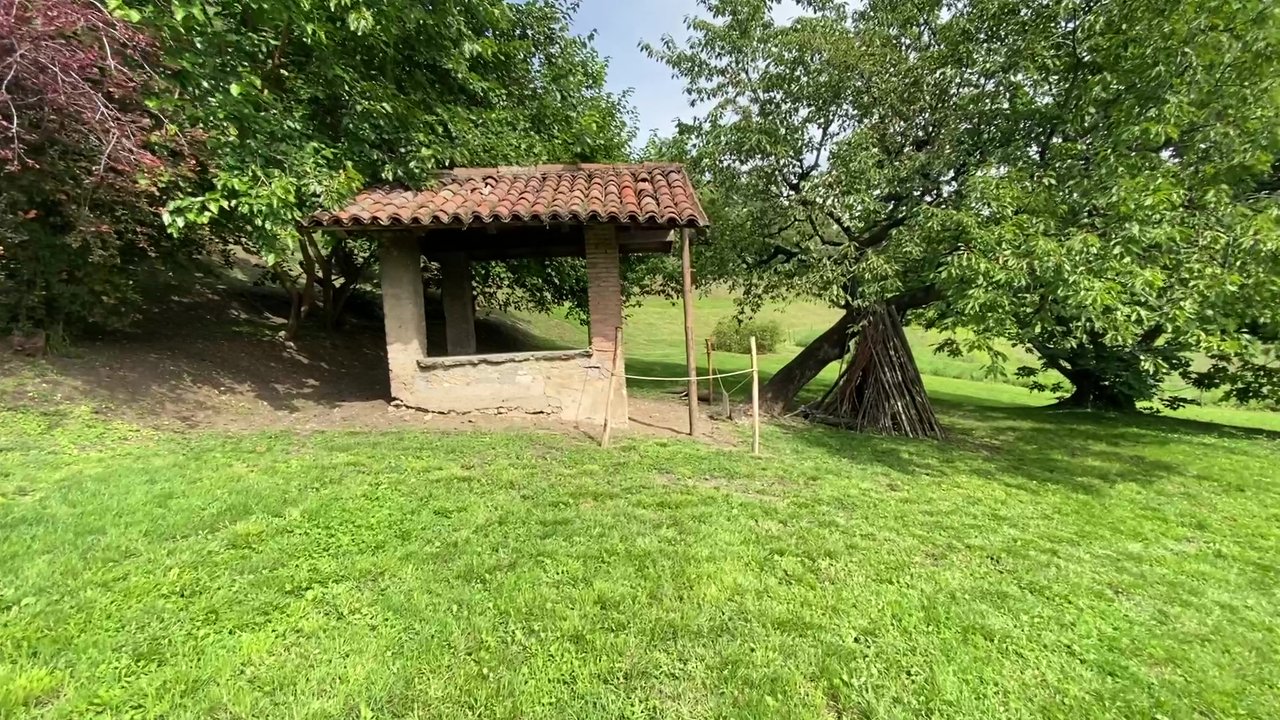
Attualmente questa zona ospita picnic e proiezioni di film nelle serate estive, trasformandosi in un cinema all'aperto, il che è davvero affascinante.
Nella zona dell' Ortaglia, si trovano alberi di gelso, simbolo della famiglia Moroni. Troviamo anche un roccolo, che per chi non lo sapesse è una struttura fatta di rami utilizzata un tempo per la cattura degli uccelli. Ho notato anche la presenza di api che contribuiscono all'impollinazione dei fiori nel giardino e nell'orto, così come una piccola colonia di tassi che vive in quella zona. Non ne ho visto nessuno, poiché probabilmente escono di sera, ma è davvero affascinante questa cosa.
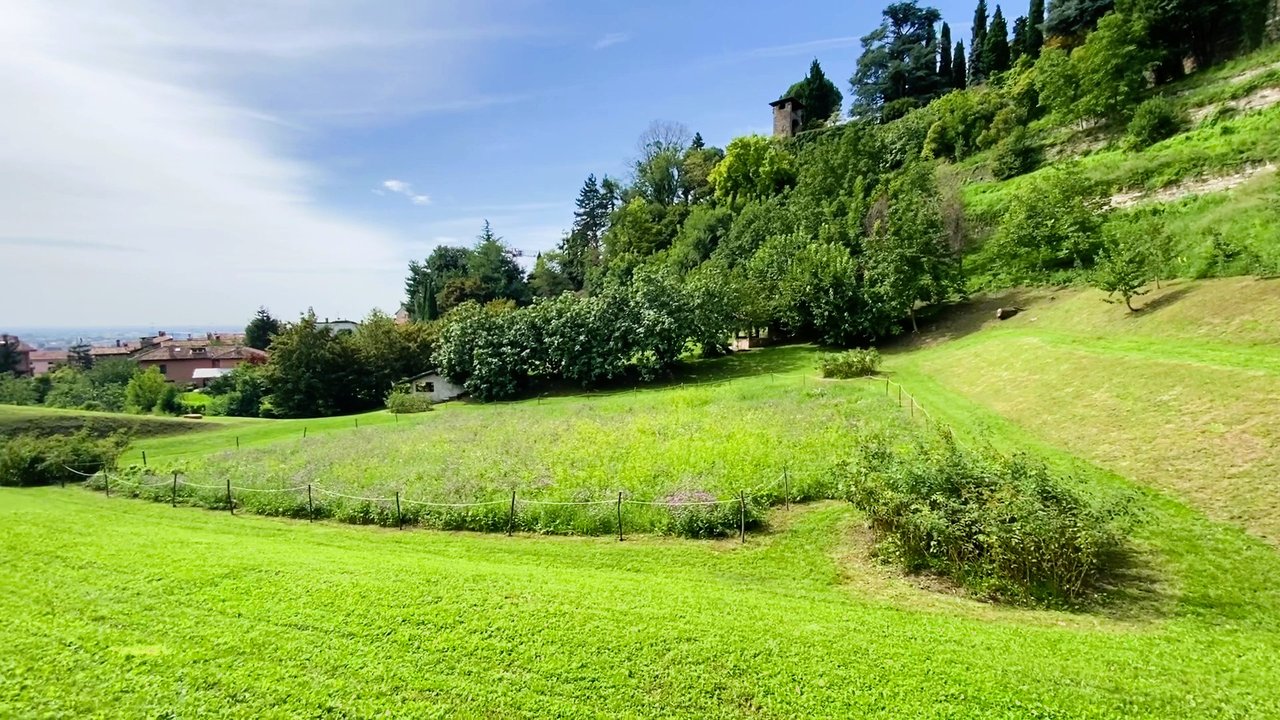
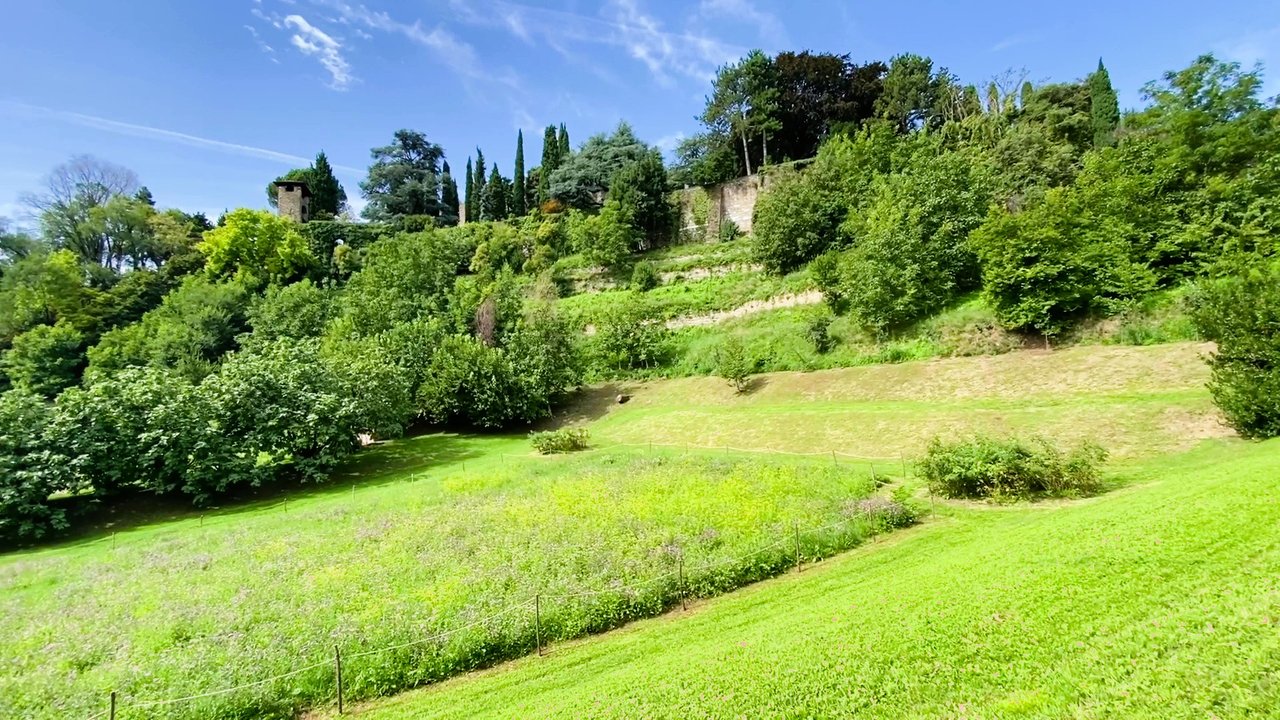
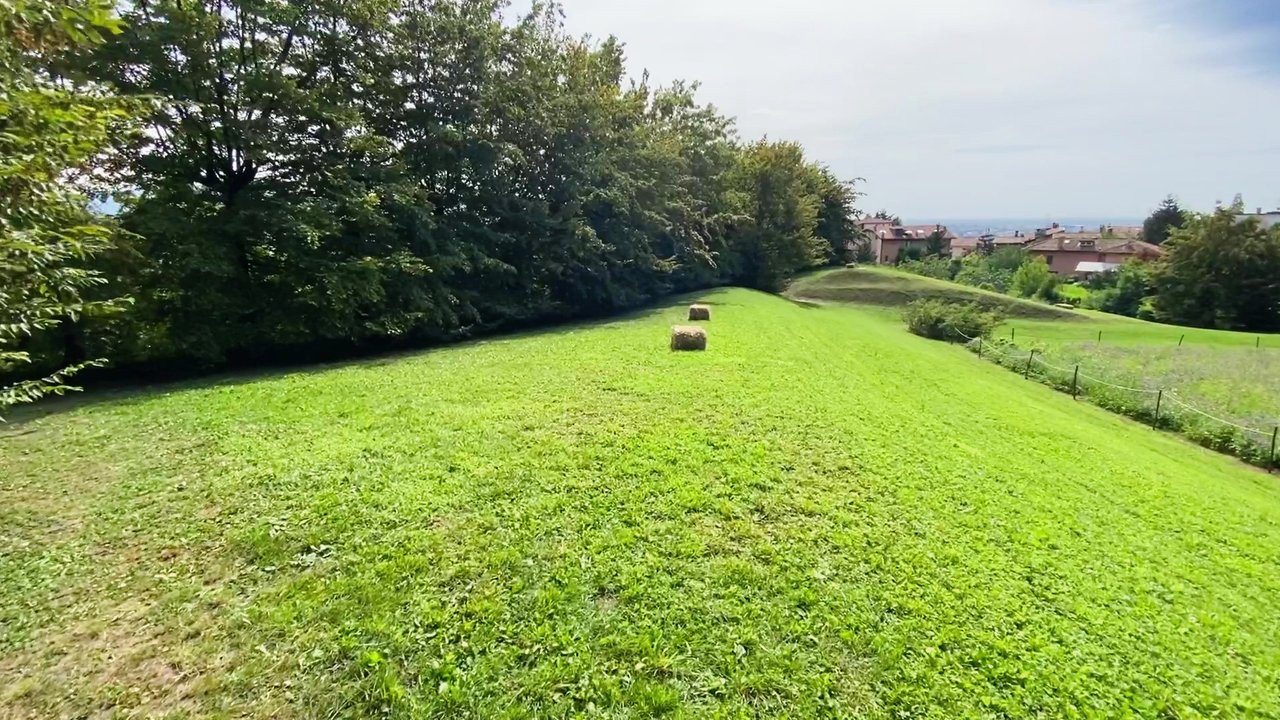
L'ingresso al palazzo è a pagamento. Io, in quanto iscritto al Fai, non ho dovuto pagare; altrimenti il costo sarebbe stato di €10. In questo periodo, con i lavori di restauro in corso nella parte nobile e in una porzione del giardino, il prezzo di ingresso è di soli €5.
Vorrei menzionare che all'ingresso, dove si trova la biglietteria, c'è una parte dedicata al bookshop e una zona dove vengono venduti prodotti alimentari provenienti da luoghi appartenenti al Fai. L'organizzazione è anche proprietaria di aziende agricole, dove vengono prodotti questi beni che poi vengono commercializzati per finanziare l'organizzazione.
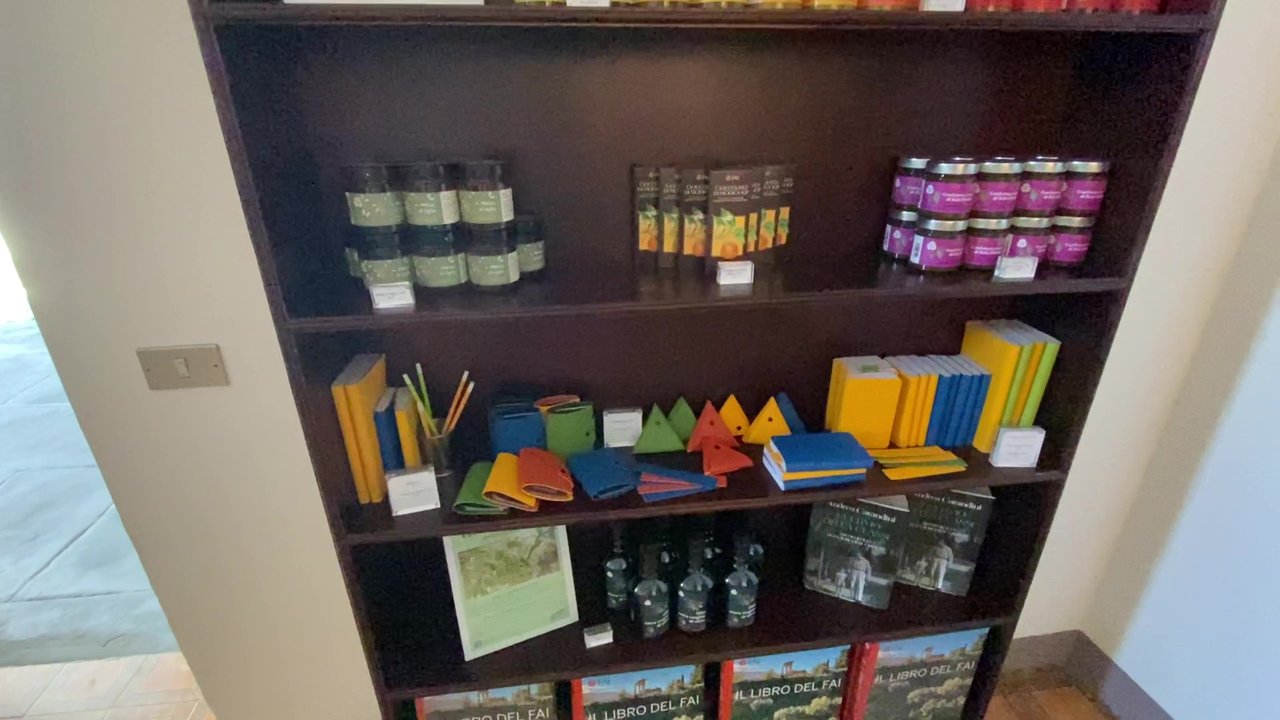
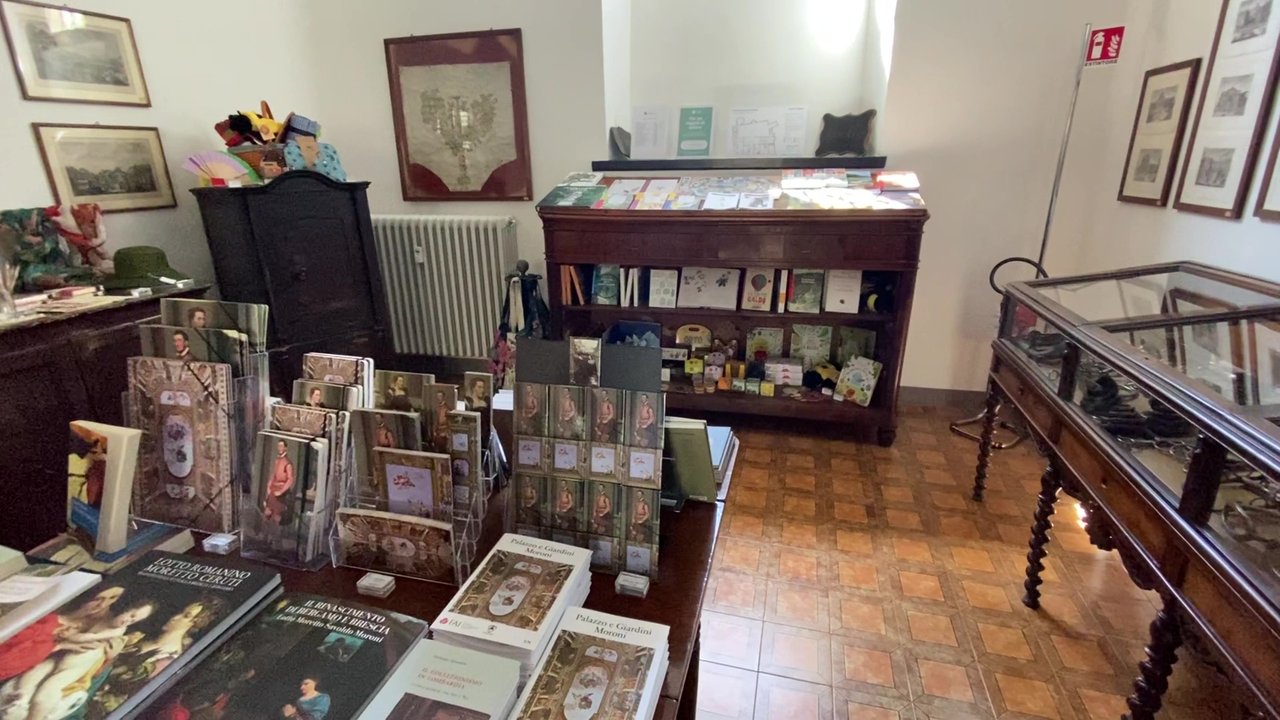
Spero che abbiate trovato interessante il mio racconto e vi ringrazio per il tempo che avete dedicato alla sua lettura. Spero che le foto vi siano piaciute e che avrete l'opportunità di visitare questo luogo quando verrete a Bergamo. Sono questi piccoli gioielli nascosti che, a mio parere, valgono la pena di essere scoperti, poiché in certi casi ci riportano indietro nel tempo.
Ci rivedremo nel mio prossimo post, che questa volta sarà su Lecco. Infatti, ho preso il treno per il Lago di Como e vi parlerò di questa città turistica e delle sue attrazioni. Vi auguro una splendida giornata e a presto.
Maggiori info: https://fondoambiente.it/luoghi/palazzo-moroni
_ccexpress.png)
Where is it located? https://w3w.co/romanzo.archi.ghiri
Hello friends of this community.
In this post, I want to continue telling you about my visit to the city of Bergamo, the cultural capital of Italy in 2023, along with Brescia. After discussing the first two days, during which I visited three interesting churches containing various masterpieces by the famous painter Lorenzo Lotto, and after sharing my impressions of the upper part of Bergamo, which, in my opinion, represents the most beautiful and captivating aspect of the entire city, today I would like to share with you the experience of visiting a palace owned by the Fai (Italian Environmental Fund), for which I have a membership and support through the earnings I obtain from online platforms.

Today, I want to show you the photos I took inside Palazzo Moroni and its gardens. In my opinion, this place is undoubtedly worth visiting when you're in Bergamo. This palace is located on Via Porta 12, one of the most significant streets in the upper part of Bergamo. Built in the second half of the 16th century, Palazzo Moroni was once owned by the Moroni family, one of the most important and influential families of the time. Later, it was handed over to the Fai for its preservation. Currently, restoration work is underway on the main floor, so unfortunately, it's not accessible. However, starting from the end of October, it will be open for visits again. Despite this, I had the opportunity to admire some interesting parts of the palace and its gardens, including a "pensatoio" (contemplation area) used by the Count, a part of a recovery plan initiated after the restoration of the main floor.
As soon as you enter the palace, you can admire the frescoes of the "Scalone d'onore" (Grand Staircase) that lead to the main floor. Inside the only accessible room on the main floor, an exhibition featuring Bergamo artists has been inaugurated. Unfortunately, I couldn't share photos of this exhibition since it involves private collections, and the owners haven't given consent for photography.
After visiting this small exhibition and admiring the enchanting staircase, which, in my opinion, represents the most captivating part of the palace due to its scenography, I headed towards the Italian-style gardens. These gardens are distinctive because they are suspended, similar to those I had seen, for example, at the Ducal Palace in Mantua. I always find these gardens very intriguing due to the variety of flower and plant species they host.


I then continued the visit by heading towards the agricultural area of Ortaglia. The palace had wonderful gardens at the back, which also served as an orchard and agricultural area to support the palace's life, extending all the way to the Bergamo fortress. Currently, this area is undergoing restoration. It's important to understand that the FAI became the owner of this heritage in 2019, and unfortunately, the pandemic slowed down the restoration work. However, efforts are being made to restore this agricultural area and the garden to their appearance in the 1600s. They are working on creating a kind of vineyard and vegetable garden, with the goal of recovering the upper part of the garden where there's a small tower used by Mr. Moroni as a place for reflection.




Currently, this area hosts picnics and outdoor film screenings during the summer evenings, transforming into an open-air cinema, which is truly captivating.
In the Ortaglia area, you can find mulberry trees, which are a symbol of the Moroni family. There's also a "roccolo," which is a structure made of branches that was once used for bird-catching. I also noticed the presence of bees that contribute to the pollination of flowers in the garden and the orchard, as well as a small colony of badgers living in that area. I haven't seen any of them, probably because they come out in the evening, but this is indeed fascinating.



The entrance to the palace is subject to an admission fee. As a member of the Fai, I didn't have to pay; otherwise, the cost would have been €10. During this period, with the ongoing restoration work in the main part of the palace and a section of the garden, the entrance fee is only €5.
I would like to mention that at the entrance, where the ticket booth is located, there is a section dedicated to the bookshop and an area where food products from Fai-owned places are sold. The organization also owns agricultural companies where these goods are produced and then marketed to fund the organization.


I hope you found my account interesting, and I thank you for the time you've dedicated to reading it. I hope you enjoyed the photos and that you'll have the opportunity to visit this place when you come to Bergamo. These hidden gems, in my opinion, are worth discovering as they sometimes transport us back in time.
We'll meet again in my next post, which this time will be about Lecco. In fact, I took the train to Lake Como and I'll talk to you about this tourist town and its attractions. I wish you a wonderful day, and see you soon.
More information: https://fondoambiente.it/luoghi/palazzo-moroni



